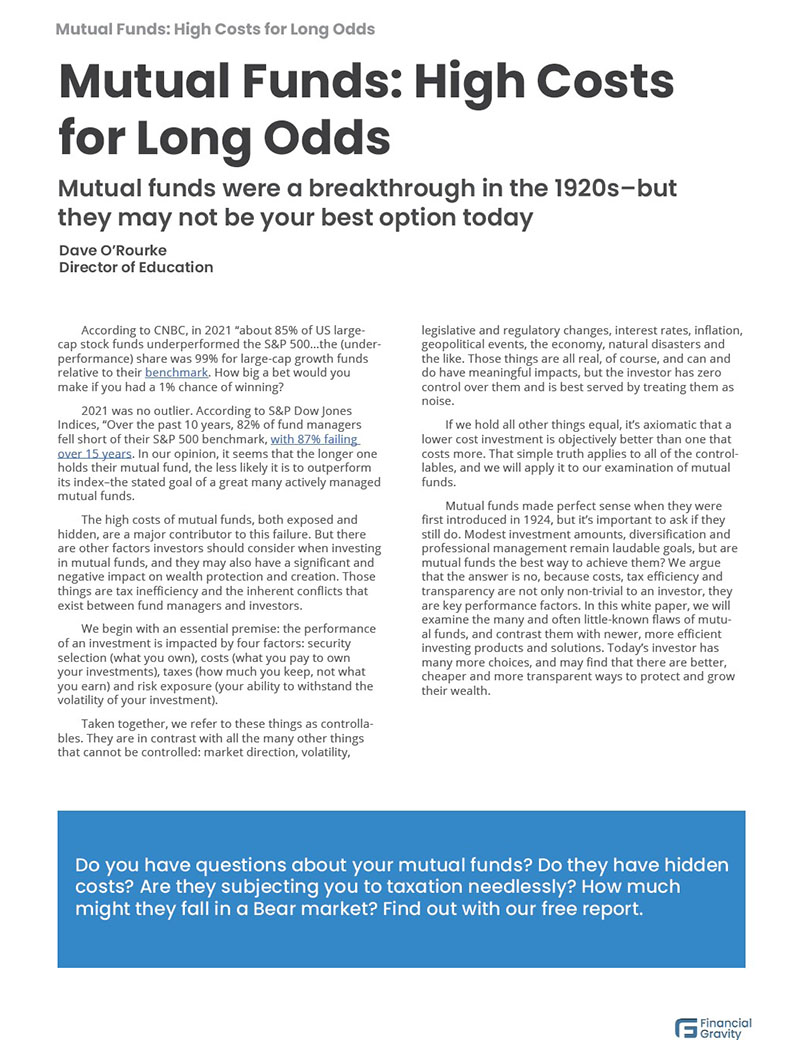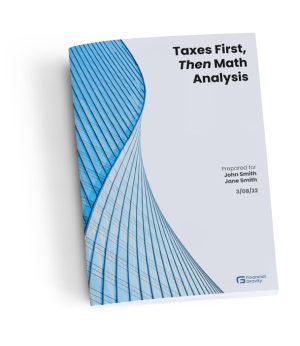As we write this, the so-called Tax Freedom Day is in 33 days. Until that day (April 18), the average American will work essentially for free, as all levels of government take their various bites of your various paychecks. Americans will spend more on taxes than they will on food, clothing, and shelter combined.
There are many different types of taxes. The Tax Foundation estimated that in 2019 Americans worked 42 days to pay individual income taxes, 26 days to pay payroll taxes, 15 days to pay sales and excise taxes, just five days for corporate income taxes, and 11 days for property taxes. Finally, there were six days to pay estate, inheritance, customs, and other taxes.
Another way of thinking about taxes is this: Americans devote approximately 30% of their year to tax-paying (108/365). For perspective, in 1920, that value was 12%.
It may make you feel better to know that Tax Freedom Day (TFD) around the world often comes much later in the year. In Switzerland, TFD is May 1, while in Spain, it’s June 30–exactly half of the average Spaniard’s life is spent supporting their government. In Germany, it’s July 11, and in Belgium, it’s August 6. Put in that perspective, Americans may be getting a deal.
Rhetoric can make a person crazy, but you should know that “your fair share” means half or more of all you earn compared to the rest of the developed world.
Did you know that there is something inside the US government called the Office of Information and Regulatory Affairs? (George Orwell, STAT!) That august body estimated that Americans spent 8.9 billion hours complying with IRS tax filing requirements in 2016. According to OIRA, that equals 4.3 million full-time workers doing nothing but tax return paperwork.
The late Supreme Court Justice Oliver Wendell Holmes noted that “taxes are what we pay for a civilized society,” and we can only agree. Our covenants to form a more perfect union, establish justice, ensure domestic tranquility, provide for the common defense, promote the general welfare, and secure the blessings of liberty are what has made our country mighty and secure, but that can be no doubt that all of that costs money and a lot of it.
The last “normal” tax year
From Wikipedia: “In American slang, the term inside baseball refers to the minutiae and detailed inner workings of a system that are only interesting to, or appreciated by, experts, insiders, and aficionados.”
Given our theme about taxes and tax reporting, we thought we might take you on a little trip inside accounting. You may or may not enjoy baseball, but we guess that you care more than a little about your tax bill; after all, if you’re an average American, you spend 30% of your working life paying it.
We should start by getting two key definitions right:
Tax reporting and compliance (from the D’Amore-McKim School of Business at Northeastern University): “Overall, tax compliance involves being aware of and observing the state, federal, and international tax laws and requirements set forth by government officials and other taxing authorities. A basic example here is the annual April deadline for tax return filing.”
Tax planning “is the analysis of a financial situation or plan to ensure that all elements work together to allow you to pay the lowest taxes possible. A plan that minimizes how much you pay in taxes is referred to as tax-efficient.”
From Wall Street Mojo: “Tax Planning is minimizing your tax liability by making the best use of all available deductions, allowances, rebates, thresholds, etc., as permitted by income tax laws. It helps in effective cash flow and liquidity management for taxpayers and better retirement plans and investment opportunities.”
So that brings us to the inside accounting part and a fundamental truth: there is very little a tax professional can do to help her client after the fact. If you come to us with all the W2s and 1099’s and K-1s from last year, our job becomes essentially putting numbers in boxes.
We hesitate to make light of the degree of difficulty involved in getting the right numbers in the right boxes. The 70,000 pages and millions of words in the US Tax Code, not to mention the various State and Local tax codes and ordinances, can make filing a return properly time-consuming, confusing, and difficult for many people.
Here we are in March of 2022 with a looming tax deadline, but not the one on April 15 of this year. The looming tax deadline on which we can make a meaningful impact is April of 2023. Think of it this way: if we start now, we have a chance to take some of the numbers out of the boxes, meaning, increase your tax efficiency.
Please note that you do not have to be a Jeff Bezos or a Bill Gates to benefit from the serious tax savings that are on the table from effective tax planning. Good planning can not only reduce your tax bill, it allows you to put those saved resources into investment and retirement plans that create a more secure retirement.
In-depth planning will consider the size and timing of significant purchases and the timing of your expenses, deductions, and credit options. And it can extend beyond the tax return, helping you select the optimal investment and retirement plans and structures, including the arcana of asset location and turnover strategies.
If you need any more convincing, consider this: Forward-looking tax planning is done by virtually 100% of all family offices. Family offices exist to serve the needs of the ultra-wealthy, those people who have the means to hire coordinated teams of tax, investment, legal, and risk management professionals.
To get back to our sports analogies, we suggest you think this way: if you want to be a great tennis player, find out what Serena Williams has for breakfast. We have observed that the larger the enterprise or, the wealthier the family, the more likely they are to employ tax planning.
Tax efficiency is one of the cornerstones of control. We hope you will consider engaging us in a conversation about what planning may mean for you. That can start with our no-cost-or-obligation Taxes First, Then Math Analysis. We will use a special software application to review your situation and estimate the impact of tax planning on your family and/or business. This can mean many thousands of dollars per year in tax savings for many Americans.
To get your TFTM Analysis, follow this link to upload your investment statements. We will have your report ready for you after the April 15 deadline.
The “normal” thing for most Americans is simply to gather up their various tax documents and file their taxes. If you have not already made tax efficiency a part of your life, let’s make 2021 your last normal tax year.


